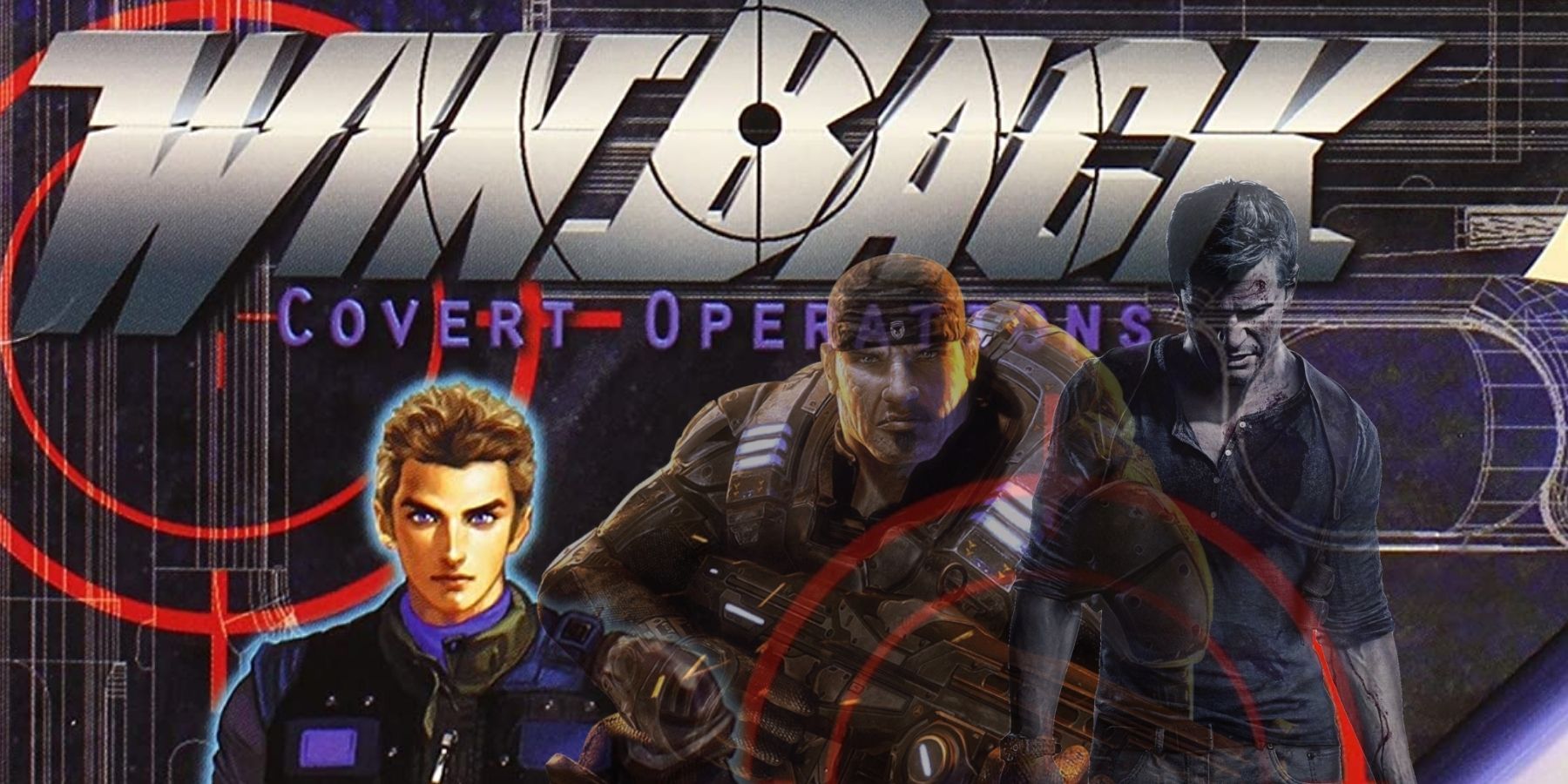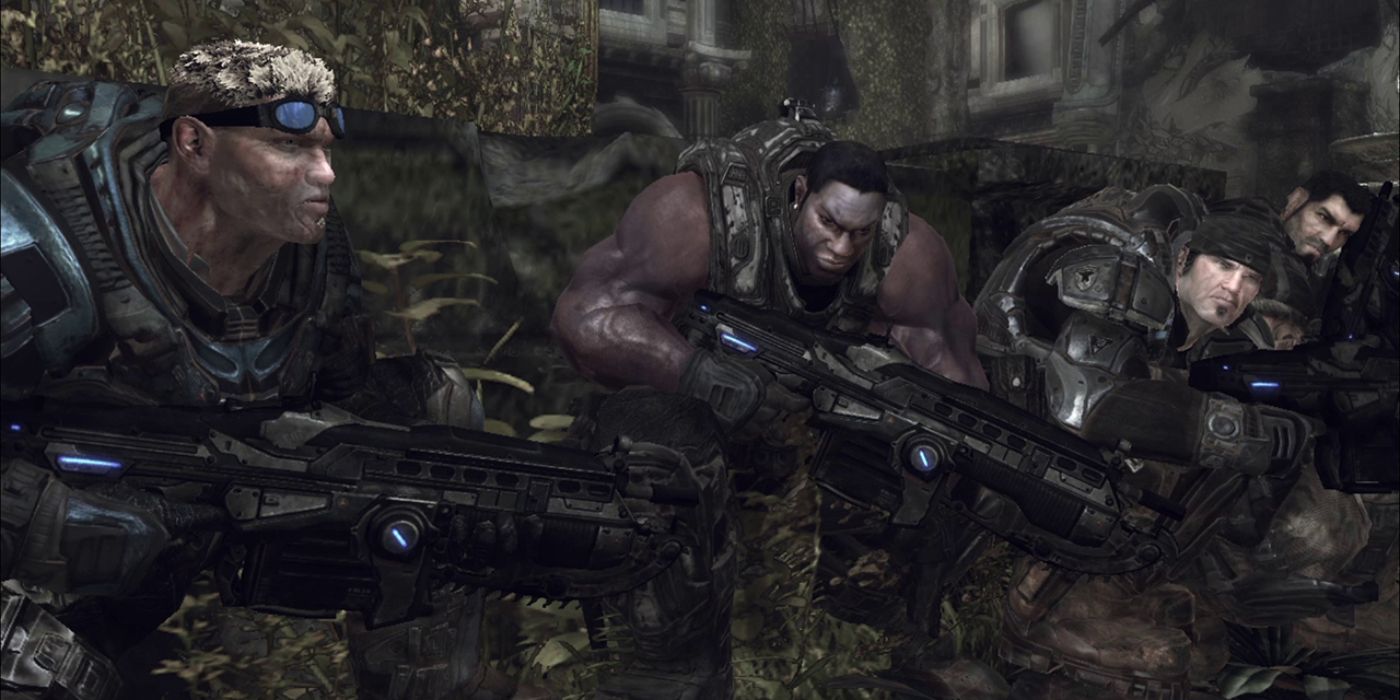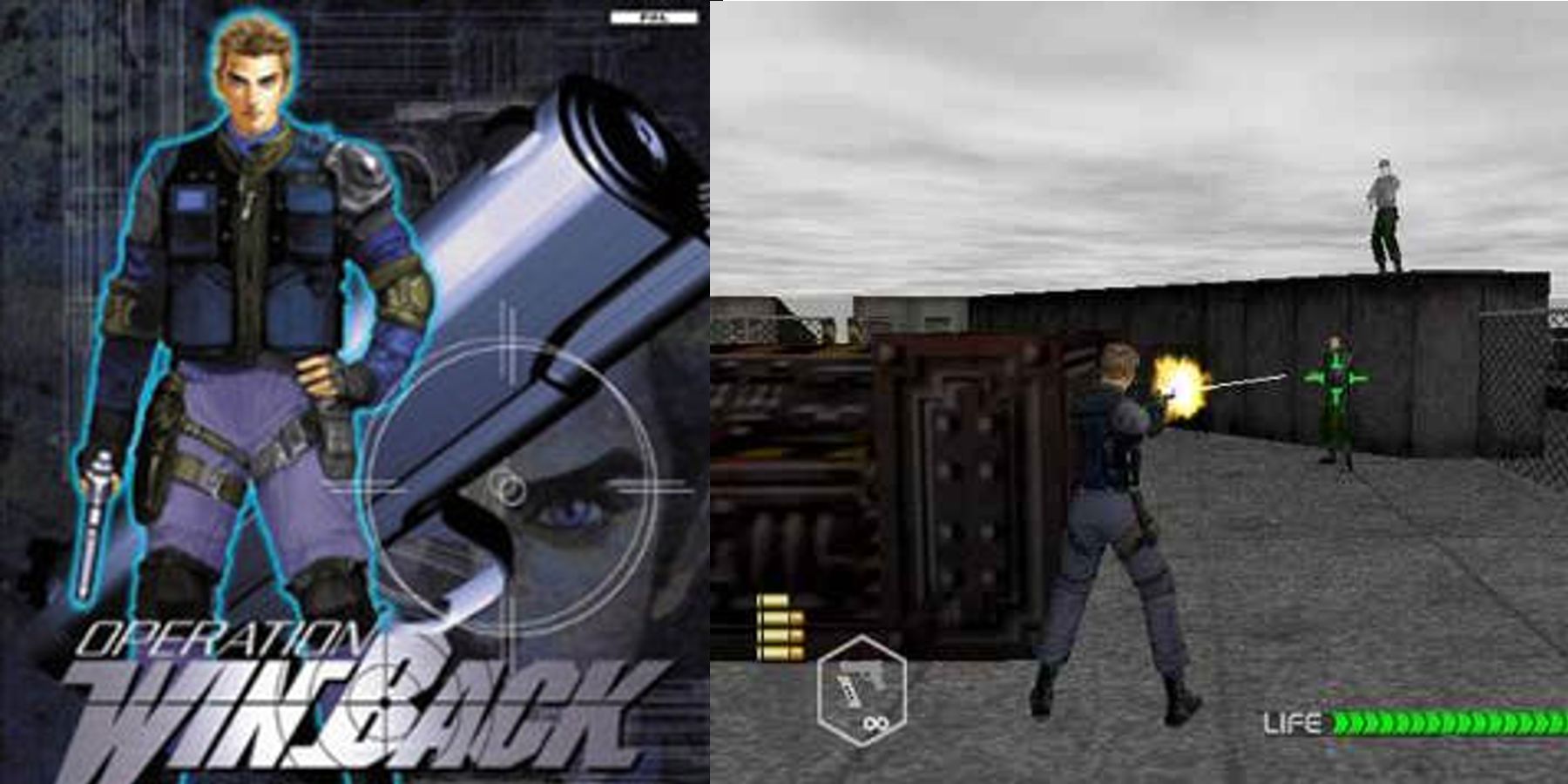The video game industry, in its early days, was largely based on simpler ideas. Collecting a certain number of coins, getting the high score, or jumping across platforms to reach a finish line. Over the years, the medium matured, and with it, so did the actions taking place in many franchises. The once-popular platformer era was slowly taken over by shooters, with some of the most blockbuster series of all time like Halo and Call of Duty. In the infancy of 3D gaming on the Nintendo 64, a game called WinBack hit the scene, bringing some much-needed action to the console.
While looking back on it in present day, WinBack may not look like much, it actually has a significant place in gaming history that isn't nearly celebrated enough. While first-person shooters are an immensely popular genre, its cousin the "third-person shooter" is just as widely enjoyed. Many of the most notable examples like Naughty Dog's Uncharted series all owe a piece of their own success to how WinBack paved the way with a set of revolutionary new ideas.
Cover-Based Shooting
In most modern third-person shooters, the cover-based mechanic is a pretty common feature. This concept allows players to quickly snap in and out of cover to hide from incoming fire. While in cover, the player can then peek out and shoot back, adding a suspenseful layer of precision and timing to each gunfight. Many gamers today may immediately associate this mechanic with the popular Gears of War franchise, which is undoubtedly responsible for perfecting and popularizing it. However, it was WinBack that truly paved the way with cover-based shooting over a decade earlier, back in 1999.
Prior to this, video games with an emphasis on shooting had a more manic pace to them. Prior hits on the N64 such as GoldenEye 007 and Turok: Dinosaur Hunter, had no such cover-based concepts. The action in the games is more fast-paced and free for all, with bullets firing everywhere and constant movement being necessary to stay alive. The introduction of taking cover gives the player a break during these intense firefights, a moment to pause, analyze the situation and think about how to proceed. It brings a level of strategy to the game and gives players a few more options to survive an in-game battle.
Laser Sight Mechanic
It seemed the creating one revolutionary game mechanic wasn't enough for WinBack, as it also laid the foundations for a second. While aiming, the player is assisted by a laser sight, giving a visual indicator as to where the shot will exactly land. Before this, even dating back to arcade classics like Asteroids, the player would have no such feature. In these cases, gamers would have to estimate where shots would land, open fire, and just hope for the best. This method has a lot of room for error, with shots easily being missed and precious ammunition being wasted.
Although the Nintendo 64 controller did have a somewhat awkward design and its analog stick wasn't ideal for precision aiming, this new mechanic was a novel concept. It wasn't perfect, but WinBack's implementation of the idea would go on to have an influence on future third-person shooters, and in some situations, the mechanic is a major part of the success of some games. Resident Evil 4 adopted the idea, amping up the action from prior games in the franchise and resulting in multiple Game of the Year awards. Nowadays, even if the full laser pointer isn't present, some kind of aiming reticle will be available to gamers.
It may be dated in terms of its visuals and pacing, but WinBack has its place in history as a pivotal piece in the evolution of modern shooters. Any fans of the genre nowadays would be wise to check out WinBack when it becomes available on Nintendo Switch Online in the near future, to examine the humble beginnings of gameplay mechanics that would become industry mainstays.
WinBack is available now on Nintendo 64 and PS2, and will soon be added to Nintendo Switch Online.



